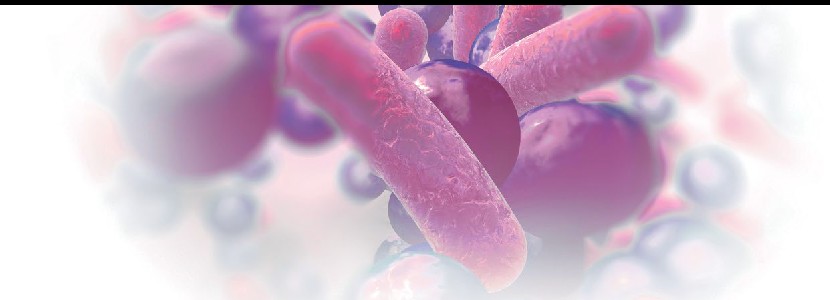 21 Jun 2022
21 Jun 2022
Microbiota-host interactions can be influenced through dietary strategies. This presents a novel tool with potential health and productive benefits for animals.
The intestinal tract of monogastrics and ruminants has great influence on animal health preservation and disease. Therefore, optimal intestinal health is essential in animal performance.
This review aims to describe the modulation of microbial composition to produce metabolites that contribute to increasing animal resilience and health.
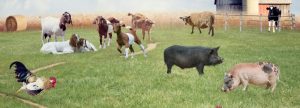
Introduction
Food production animals, have been genetically selected towards improved parameters like: feed intake, muscle development, and milk or egg production. In addition, these animals are reared in conditions that tend to favor pathogen dissemination. High feed uptake rates and quick growth make these animals prone to intestinal disorders, which in the past was disguised up to a certain extent with the use of antimicrobial growth promoters (AGPs).
These compounds were widely used around the globe to maintain profitability in the broiler and pig industries.The inclusion of antimicrobials at sub-therapeutic levels as feed additives, led to increased animal performance. However, such practices also contributed to an increased onset of antimicrobial resistance (AMR), posing very serious health risks for people and animals.
AGP bans: Discoveries behind a very important measure
A ban on the use of AGPs, mainly driven by consumer concerns regarding increases in antimicrobial resistance, was installed in the EU in 2006. This became a global trend and concerns led to use reductions or bans depending on the region. In 2012 the Center for Veterinary Medicine of the US Food and Drug Administration published a ‘Guide for the Industry’ where they stated that antibiotic use must be reserved for disease treatment in specific situations, and not for growth promoting purposes.
The mode of action of AGPs is still a matter of discussion, but a variety of mechanisms have been suggested, including: total bacterial count reduction in the gut (and consequently less competition for nutrients), a reduction of specific pathogens (e.g. Clostridium perfringens), a decreased abundance of specific harmful bacterial properties (e.g. bile salt hydrolase activity and thus poor fat digestion), a reduction of inflammatory reactions associated with a decreased pathogen load, amongst others (Butaye et al., 2003; Knarreborg et al., 2004). Direct immune-modulatory effects associated to AGPs have also been suggested.

Regardless of what the action mechanism of AGPS is, it is evident that host-microbiota interactions are involved. Gut-microbiota interactions are very complex since the gut is an organ that contains multiple cell types that carry out multiple functions. While also serving as a host to a diverse microbiota which also carry out many functions, including the breakdown of dietary molecules and the subsequent production of absorbable products. As well influencing and modifying the maturation and development of the (mucosal) immune system.
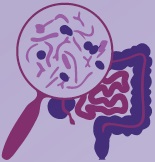
Unlocking the potential of the gut microbiome
The term ‘gut ecosystem’ describes the fact that microbiota is part of a single organ, with specific functions. Such functions derive from both the genetic potential of gut microbiota (microbiome), and the functions of the host gut wall. The recent application of novel technologies (-omics technologies) has allowed to obtain a better understanding of host-microbiota interactions. Various studies using 16S rDNA sequencing, specifically led to the identification of microbial taxa associated with beneficial or harmful host responses. Meanwhile the use of metabolomics has allowed the identification of the microbial metabolites that trigger such effects. The production of microbial metabolites can be influenced through the use of nutritional factors. This presents an unprecedented opportunity to make animals more robust and resilient against non-infectious and infectious challenges. Which can potentially result in significant health and productive benefits.

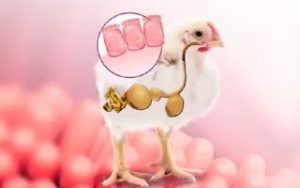
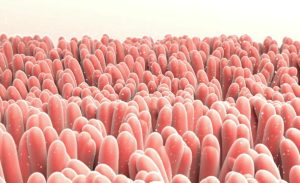
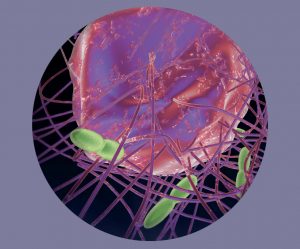
Abstract modified from: Proceedings of the Animal Nutrition Conference of Canada 2020. Author/s: Filip Van Immerseel / Department of Pathology, Bacteriology and Avian Diseases Faculty of Veterinary Medicine, Ghent University, Belgium.
Subscribe now to the technical magazine of animal nutrition
AUTHORS

Nutritional Interventions to Improve Fertility in Male Broiler Breeders
Edgar Oviedo
The Use of Organic Acids in Poultry: A Natural Path to Health and Productivity
M. Naeem
Synergistic Benefits of Prebiotics and Probiotics in Poultry, Swine, and Cattle
Gustavo Adolfo Quintana-Ospina
Hybrid Rye Potential in Laying Hen Feed Rations
Gwendolyn Jones
A day in the life of phosphorus in pigs: Part I
Rafael Duran Giménez-Rico
Use of enzymes in diets for ruminants
Braulio de la Calle Campos
Minerals and Hoof Health in the Pregnant Sow
Juan Gabriel Espino
Impact of Oxidized Fats on Swine Reproduction and Offspring
Maria Alejandra Perez Alvarado